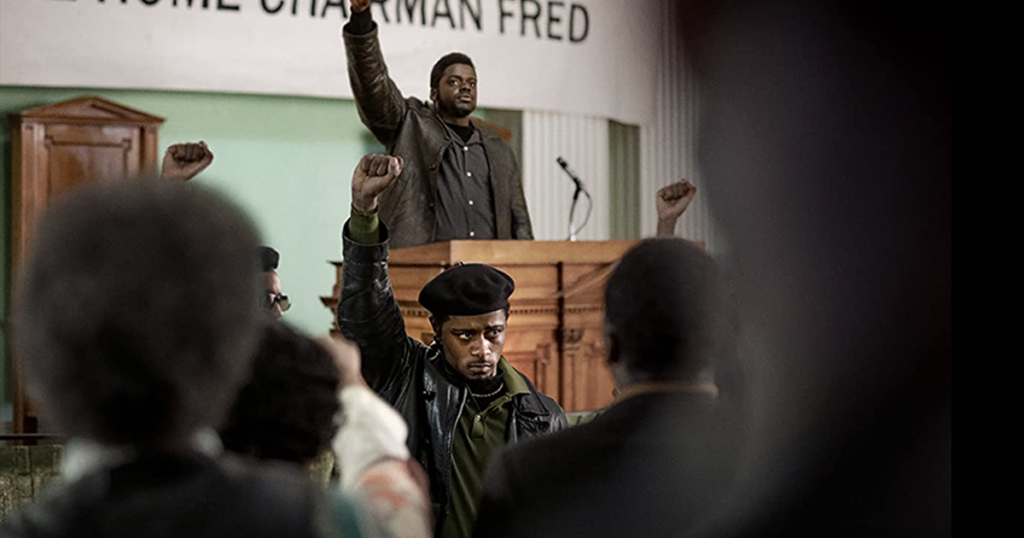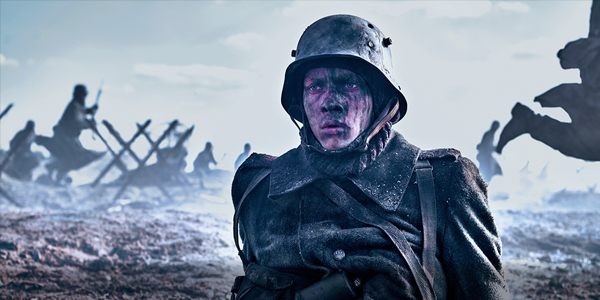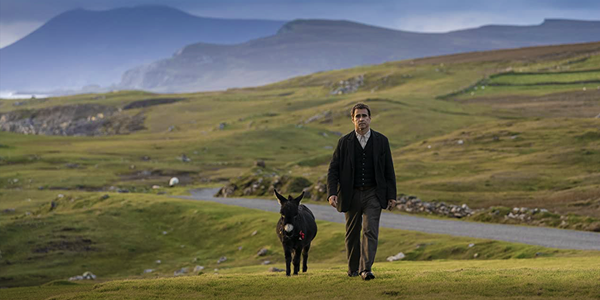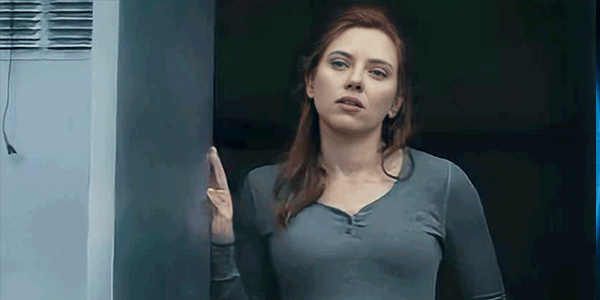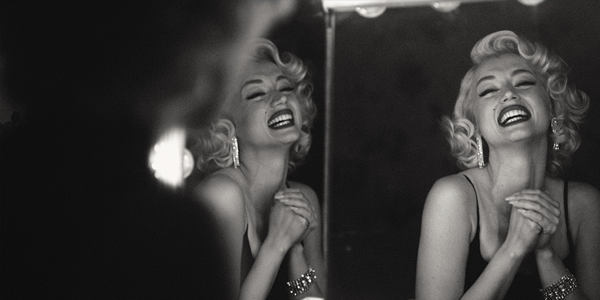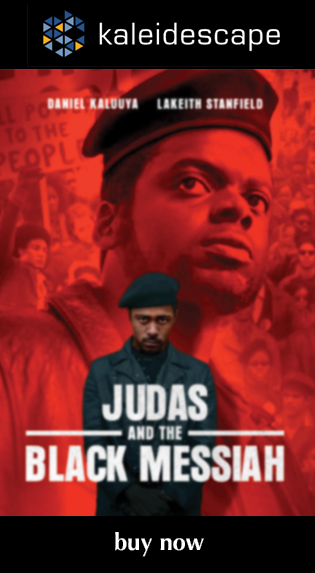ALSO ON CINELUXE
Sign up for our monthly newsletter
to stay up to date on Cineluxe
Despite all the grit, this Oscar-nominated tale of betrayal in the Black Panthers looks gorgeous in 4K HDR
by Dennis Burger
updated July 25, 2023
The first thing that makes Judas and the Black Messiah so hypnotizing is its acting. Almost across the board, the performances are captivating. The dialogue is delivered with such authenticity that you almost have to wonder how much of it was improvised. People often misspeak and correct themselves, or stammer and repeat themselves, but almost none of it feels scripted or rehearsed.
This is all the more impressive when you consider that so much of what comes out of the Fred Hampton character’s mouth exactly mirrors speech uttered by the real Fred Hampton. Daniel Kaluuya absolutely inhabits the role, and if you have any doubts about how well he’s captured Hampton’s mannerisms, his speech patterns, his gift for rhetoric, and his undeniable charisma, you only need to watch a few minutes of the 1971 documentary, The Murder of Fred Hampton,
In any other film, a performance like this would be a standout, but Kaluuya’s naturalism and believability is the rule rather than the exception. Equally compelling is Dominique Fishback as Deborah Johnson. She does more with a downturned look or a furrowed brow than most actors could convey in a soliloquy. It’s impossible to take your eyes off her because her essential humanity simply radiates off the screen.
LaKeith Stanfield is also fantastic as William O’Neal, the car-thief-turned-FBI-informant who acted as both agent provocateur within the Illinois Black Panther Party and also one of the key catalysts in Hampton’s assassination. Stanfield has perhaps the most difficult job in the film, in that he has to portray internal conflict and nervous insincerity without Mickey Mousing it, and he does so almost flawlessly.
Jesse Plemons ia also wonderful as Roy Mitchell, the FBI agent who recruited O’Neal to infiltrate the Black Panther Party and get close to Hampton. It would have been really easy to play Mitchell as a villain, but as with Fishback, Plemons brings a lot of nuance to the part, mostly through his facial expressions.
The only less-than-stellar performance is Martin Sheen, who shares the role of J. Edgar Hoover with ten pounds of prosthetics. He simply isn’t a good-enough actor to do the part justice and instead comes off like Martin Sheen wearing a good Halloween costume. If anything, he makes Hoover into an almost comedic mustache-twirler, which downplays the man’s true maliciousness. Some praise also needs to be aimed at screenwriter Will Berson and director Shaka King, who share screenplay credit. As with the acting, the language simply rings true, except in those cases where its intentional inauthenticity is essential to the plot.
Judas and the Black Messiah is a surprisingly gorgeous film. Shot with a variety of Arri lenses in the ArriRaw format at 4.5K and finished in a 4K digital intermediate, it’s a study in rich, earthy hues. Its environs are dingy, its characters rarely well-dressed, and there’s a paucity of light, which gives the picture a stark look at times. It’s a contrasty affair overall, and I dig that cinematographer Sean Bobbitt didn’t attempt to film-look the footage. In short, Black Messiah doesn’t look like it was shot in 1969 because that would be redundant. The art design of the film establishes the setting. The processing of the imagery didn’t need to.
There’s nearly nothing arbitrary about about the look of the film. The camera moves when it needs to. Scenes are framed the way they need to be framed. There’s one gorgeous shot in which we stay tightly focused on O’Neal as he calls his FBI informant on a payphone. When he hangs up, the camera pulls back to take in his desolate surroundings. But it’s not a gratuitous composition. After his call, O’Neal is smaller, engulfed in a larger landscape, to spotlight the fact that he feels small, helpless, overwhelmed. It’s a subtle choice, indicative of the sorts of decisions Bobbitt makes with the camera.
The high dynamic range is used primarily to give the imagery some expanded wiggle room at the lower end of the value scale. It’s a study in the subtle contrasts between inky blacks and nearly inky blacks. Kaluuya in particular has a very dark complexion, and in some scenes his features and facial expressions would have been lost in the shadows if not for HDR.
Thankfully, Kaleidescape’s UHD/HDR10 presentation preserves everything wonderful about its look, as well as its sound. You wouldn’t think this sort of film would benefit from a Dolby Atmos soundtrack, but it does. Interestingly, most of the ambient overhead effects are reserved for the score, which a delightfully eclectic blend of jazz and funk with—at times—hints of Stravinsky and Holst peppered in for good measure. The music runs the gamut from sparse and groovy to intentionally chaotic and discordant, and the Atmos mix gives it room to breathe, to ebb and flow in interesting ways you might not even consciously notice.
If there’s any criticism to be leveled at the sound mix, it’s an issue that probably couldn’t have been avoided. Given the natural rhythms of the dialogue, the spontaneous inflections, the in-the-moment verisimilitude of it all, recording ADR for Black Messiah would have robbed it of much of its authentic energy. As such, the dialogue seems to have mostly been captured on set, and at times it can be a little hard to parse.
Judas and the Black Messiah may not be perfect, but it’s definitely one of the most (actually, one of the very few) important films I’ve seen in recent years. You owe it to yourself to rent it as soon as possible.
Dennis Burger is an avid Star Wars scholar, Tolkien fanatic, and Corvette enthusiast who somehow also manages to find time for technological passions including high-end audio, home automation, and video gaming. He lives in the armpit of Alabama with his wife Bethany and their four-legged child Bruno, a 75-pound American Staffordshire Terrier who thinks he’s a Pomeranian.
© 2023 Cineluxe LLC


